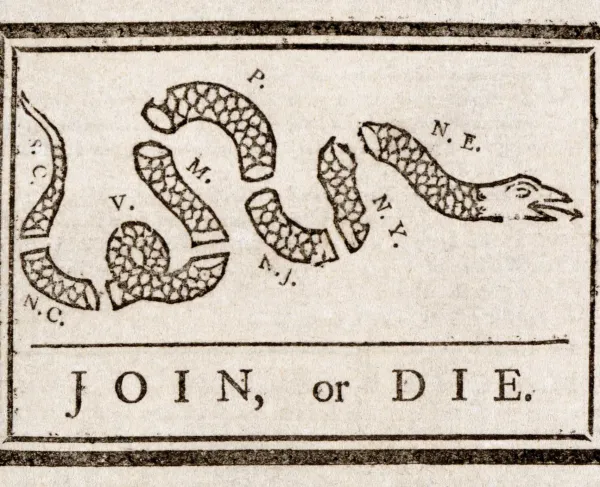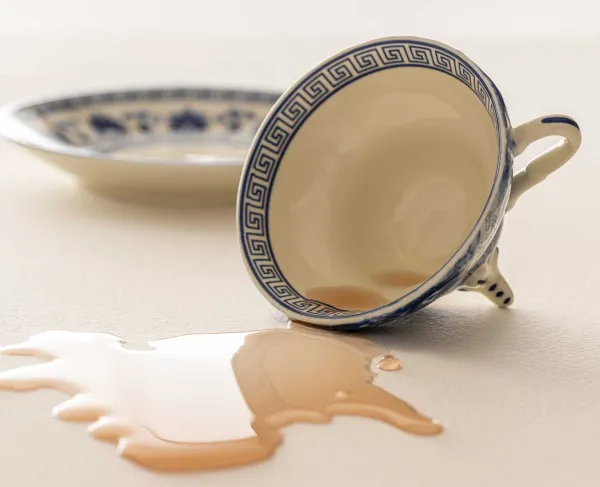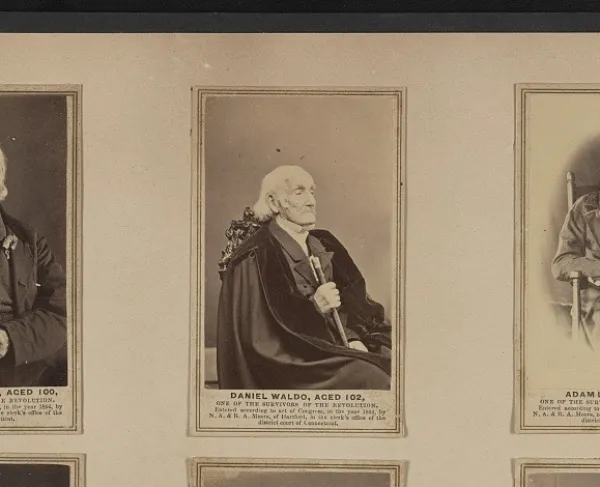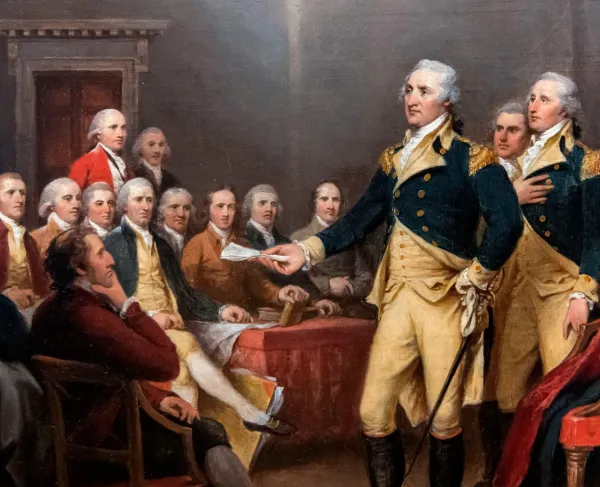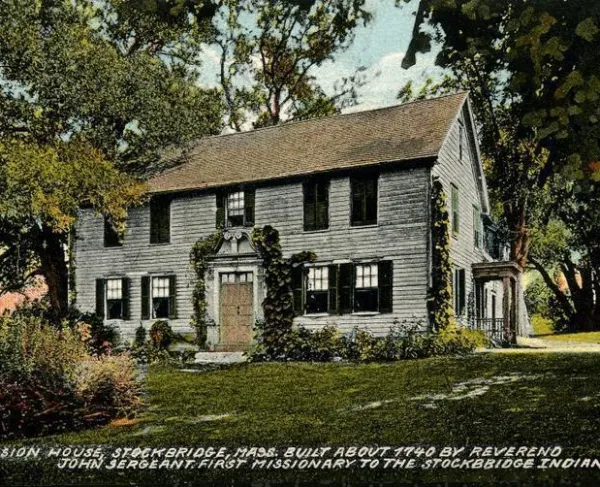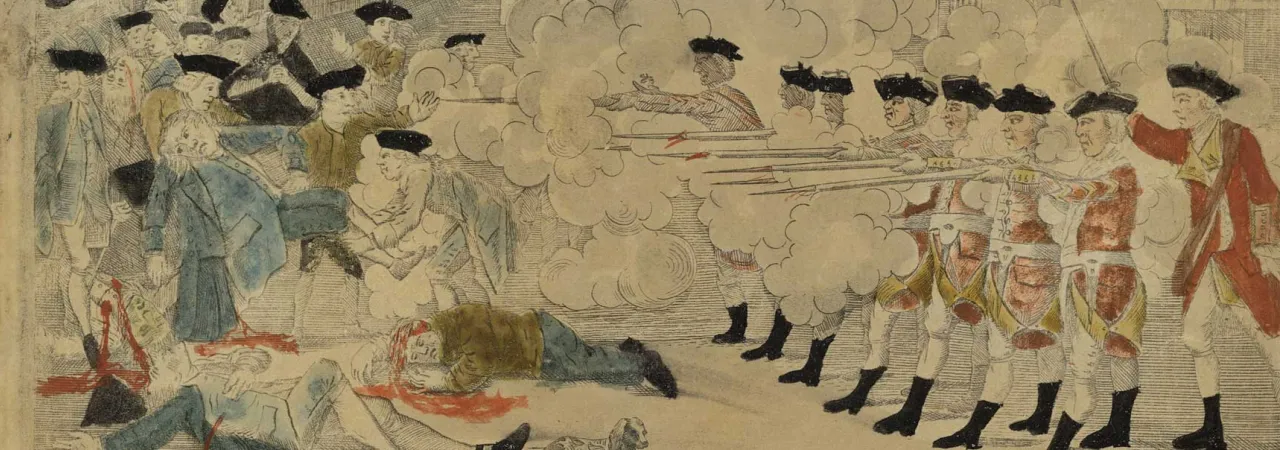
On March 5, 1770, British soldiers shot into a crowd of rowdy colonists in front of the Custom House on King Street, killing five and wounding six.
The Sons of Liberty
by Mark Maloy
Among the social and political fallout of the French and Indian War, was the rise of a secret society that set the stage for revolution.
The British Parliament rationalized that the fighting in North America had been to protect the colonists and their interests, and thus, they should pay their share in taxes to help pay off their war debt. First, the Sugar Act taxed the transport and sale of raw sugar, molasses and rum throughout the colonies, spawning smuggling operations. Meanwhile, via the Quartering Act, Crown soldiers were forcefully housed with American colonists, who had to feed them out of pocket. Mounting resentment came to a head over the Stamp Act, which charged for a required stamp on all paper products — everything from legal documents to newspapers to playing cards.
A secret group called the Loyal Nine gathered crowds around the Liberty Tree on Boston Common and provoked them to riot, targeting taxable goods and tax collectors, which put colonial officials at risk of being tarred and feathered or even killed. Raiding the home of Lieutenant Governor Thomas Hutchinson, they made off with an estimated £250,000 worth of his possessions. The Loyal Nine, having sparked resistance, turned to publishing patriotic ideas in the Boston Gazette, eventually signing their missives of political dissent as “The Sons of Liberty.”
The group quickly snowballed into a larger network of resistance. Through coordinated work among various chapters, the Sons of Liberty forced the British Parliament to repeal the Stamp Act within the year. But victory came at a price: Parliament then passed the Declaratory Act, stating unequivocally that the British king and Parliament had the power to enact any and all legislation onto the colonies. This gave new relevance to the rallying cry of “No taxation without representation!”
Parliament, still desperate for revenue, subsequently passed the Townshend Acts, which raised taxes and tariffs on British imports as diverse as lead, paint, ink, porcelain, glass and tea. Additionally, the act functioned as a general search warrant, allowing British soldiers to enter any colonist’s home to find and take smuggled goods. Under the direction of the Sons of Liberty, Boston colonists organized a boycott of all British goods; anyone who dared sell British goods risked vandalism and physical violence. The situation came to a head on the night of March 5, 1770, when eight British soldiers guarding the Customs House were provoked into opening fire on an angry mob. When the smoke cleared, five colonists were dead and another six wounded. Despite complete uncertainty about how the incident escalated, Paul Revere, a Boston silversmith, engraver and Sons of Liberty member, created an image of this “massacre” that fueled anti-Crown sentiment by depicting the “complete brutality” and “barbarism” of the British Army.
Resistance efforts saw many duties on the colonies eased, but the high tax on tea remained, spurring Sons of Liberty-led tea parties in Boston, Charleston and elsewhere.
In retaliation, the British government passed the Intolerable Acts, alternately the Coercive Acts, which, among other retaliations, closed Boston Harbor, suspended trial by jury and prohibited elections and the meeting of the state assembly. Armed conflict felt increasingly inevitable as the situation across the colonies grew more and more volatile. When delegates of the Second Virginia Convention gathered in Richmond in 1775, Sons of Liberty member Patrick Henry gave voice to the sentiment, exclaiming “Give me liberty or give me death!”
The Daughters of Liberty
by Kate Gruber
Although women were not permitted to serve as elected officials in governing bodies or the growing number of extra-legal committees organizing resistance to British policy, they voiced their political opinions in other ways. Formed during the Stamp Act crisis in 1766, the Daughters of Liberty formalized female political agency with famous Patriot Sam Adams famously declaring, “With ladies on our side, we can make every Tory tremble.”
Daughters of Liberty chapters became widespread and mobilized critical social and economic support for the patriotic cause. Given the Stamp Act’s tax on liquor licenses, female tavern owners pressed for its repeal. The 1767 Townshend Acts had massive impact on household consumer goods, and the Daughters of Liberty organized widespread nonimportation agreements and circular letters, some of which survive, bearing the names and marks of many women signers.
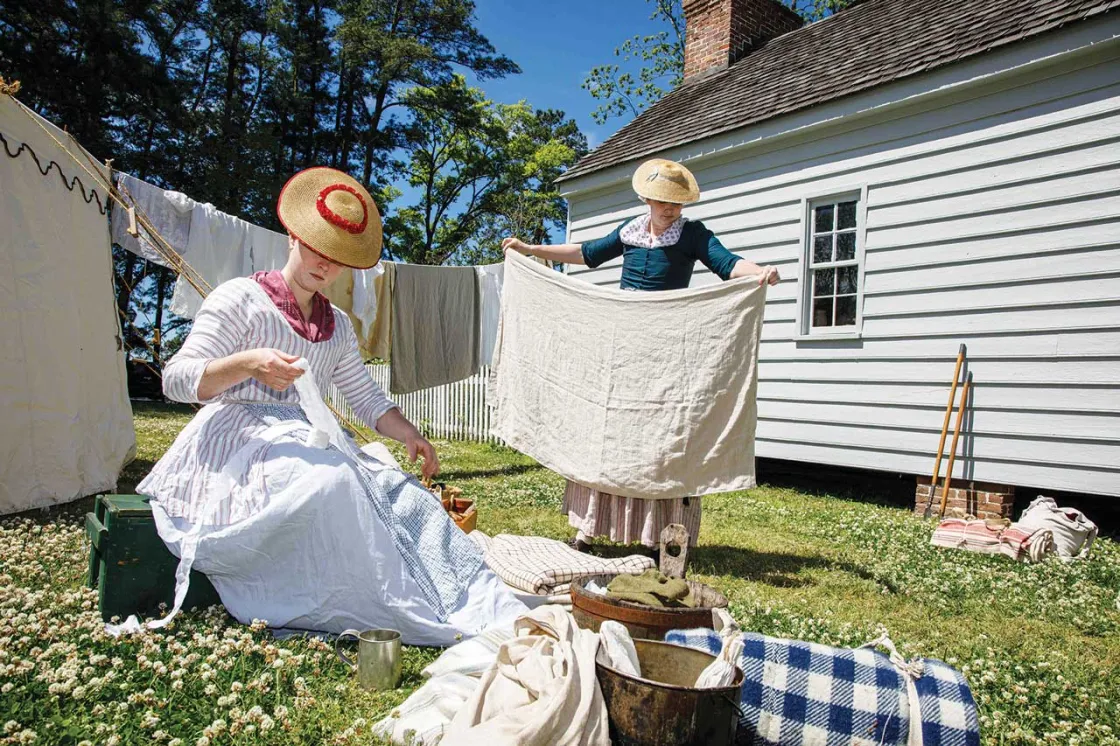
Participation gave women a political arena in which to support patriotic movements without stepping outside their typical gender roles. Spinning bees are perhaps the most widely known and famous example of this collective action, with women banding together to manufacture textile goods rather than import them. On December 24, 1767, the Massachusetts Gazette Extraordinary reported, “We hear that there was held two or three evenings ago, an assembly of Ladies of the first quality … who … have made spinning their only employment.” Others took up the effort through their traditional tasks and daily work. One lady “did the morning work of a large family, made her cheese, etc., and then rode more than two miles, and carried her own wheel, and sat down to spin at nine in the morning … and went home to milking.”
Daughters of Liberty were adamant against drinking British-imported tea, especially at gatherings where they came together to spin, so as “to render their conduct consistent.” Women found substitutions in locally sourced herbs and other libations, with one group found to “drink nothing at their meetings but New England Rum.”
By their dress, consumption and purchasing power, women could translate their participation in the local and global economies into political action. Women who identified as Daughters of Liberty were noted in newspapers for simple, homespun frocks that lacked the adornment of British imports like ribbons or lace. In December 1769, the Virginia Gazette reported that patriotism “manifested in the dress of the ladies,” who wore homespun gowns to a high society ball and expressed that “all assemblies of American Ladies [should] exhibit a like example of public virtue and private economy, so amiable united.”. Some Daughters of Liberty stated that they “would not even admit the addresses of any gentlemen” who did not also oppose British taxation without representation.
